Permaculture - introduction
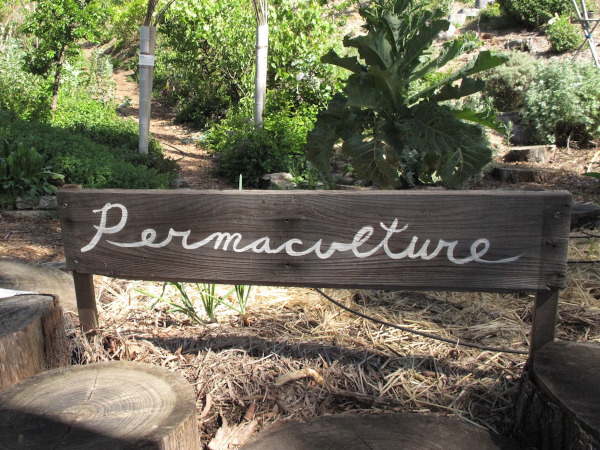
“Permaculture is revolution disguised as gardening.” – Mike Feingold
Contents
What is permaculture?
Permaculture is a design system. It’s the direct application of the principles of ecology in the design of sustainable human habitats. Many people think permaculture is just about growing things; and although there’s a large focus on food production (we all need food), it goes way beyond that – into energy, health, education, community, architecture, economics and more. It brings sustainability into all aspects of life.
Permaculture pulls its resources from 3 main areas: nature, traditional (usually less environmentally-damaging) systems, and modern scientific and technological knowledge.

The ‘edge effect’ is an important permaculture principle. Ecosystems are more productive at the edges – for example where woodland meets grassland or the sea meets the shore. You can increase the length of edges by making them wavy. Image: Permies
In the early 70s, the concept of permaculture was formed by Bill Mollison and his then student David Holmgren in Australia. It was based on Mollison’s observations of natural systems, and how resilient, productive and self-sustaining they were. He thought that if we could design those attributes into our food production, it could be as sustainable as natural systems. As they started to develop their ideas, they became aware that the same principles could be applied elsewhere, and that it was a way of conserving and building natural resources to supply a whole range of human needs, including timber, fuel, medicines and livelihoods. And beyond that, they could be applied to how we run our economic, educational and social systems as well.
An inspiring, attainable permaculture life. Film by Permaculture People
Mollison and Holmgren developed a basic permaculture design course, and the first generation of participants went on to run their own courses, and since then it has spread throughout the world. In 1983, the Permaculture Association of Britain (PAB) was formed. Now many countries have established national and regional associations that are linked globally, and as well as the basic design course, offer short introductory courses, specialist courses in applied design, teacher training and online courses. There’s also a diploma in applied design, available after a minimum of 2 years proven permaculture application. The UK has been at the forefront of developing the permaculture diploma pathway for design course graduates.
Meanwhile, tens of thousands of backyard gardens, farms, smallholdings, waste land, communities and small businesses have been designed using permaculture principles.

Zoning can be used on any permaculture plot, for greater efficiency. Nearest to the house will be the herb garden, followed by vegetable gardens and compost heaps, animals and orchards, all the way to wilderness.
What are the benefits of permaculture?
The permaculture approach begins with a sustainable system and tries to maximise yield, whereas conventional agriculture begins with a maximum yield target and tries to make it sustainable; but it never is sustainable in the long term. It erodes soil, poisons nature and kills pollinators – none of which can continue indefinitely.
Permaculture can be applied to already functioning systems that have elements of unsustainability (high waste, high input systems), or to the blank canvas of a bare, degraded landscape.
Tour of a hugely abundant 1-acre permaculture farm in Australia.
The chief benefits of using permaculture design are that it reduces waste, pollution and work, by integrating systems and elements within systems. Just as in nature there’s no waste, pollution or work – in a permaculture system, resources are recycled, and the needs of one part of the system can be met by the outputs of another part of the system. For example, a chicken in the wrong place can trash a vegetable plot, but in the right place it can eat weed seeds and insect pests, and scratch up and manure the ground as well as providing eggs and meat. So it’s about giving elements more functions by putting them in the right place.
Another benefit is that it represents a much more efficient use of space. Instead of monoculture, permaculture involves ‘stacking’ plants of different heights, and integrating animals into the same space. Another type of ‘stacking’ involves adding value to products locally – e.g. a glut of fruit at a certain time of year is not exported, but is turned into preserves, chutneys, wines and juices for local sale and exchange.
Permaculture design is also a very useful concept for regenerating waste land and degraded systems.

An edible forest garden, where every species has been chosen to emulate a natural system – almond tree, lavender, mint, fennel, sage (perennials or self-seeding annuals) – that reduces work and increases productivity.
Also, with its more efficient use of resources, it can reduce our need to earn so much, and therefore work so much. It’s also empowering, because it shows us what we can do with our own skills and how we can live in a more self-determined way.
What can I do?
First, educate yourself. Do an introduction course (they tend to be over a weekend), or a design course (minimum 72 hours – usually over 2 weeks). Link up with like-minded people. Even if you’re not a gardener, or don’t have access to land, you can involve yourself in the growing cycle by buying local, organic food from a box scheme or community-supported agriculture (consumers linked directly to producers – farmer’s markets, pick-your-own etc.).
Decrease your use of non-sustainable resources – e.g. car sharing, cycling, public transport; in fact, reduce consumption generally where possible.

A stage in the development of a design, during a design course, where students are looking at the needs and yields of different parts of the system – in this case a fruit orchard.
You could say that all this is common sense, but permaculture is about how to integrate the whole range of low-impact activities in a unique design system.
For example, permaculture design and planning involves zones for energy efficiency – the activities you do most need to be closest to the back door – feeding scraps to the chickens, the herb garden, the compost heap. This may be common sense in traditional societies, but in the West, we need to re-learn things.
Permaculture tools for transforming soil using mulch, green manures, compost and multi-cropping.
Another example is maximising ‘edge’, where 2 systems meet and productivity increases, mimicking, for example, the edge of a woodland, or the seashore.
Other examples could be as simple and common sense as re-using or recycling, or as complex as designing a forest garden, with hundreds of species mimicking a natural forest. Remember though, that permaculture design will require higher input at the start, to establish productive, low-cost and self-managing systems. But the objective of permaculture is that over time, the inputs reduce and the productivity increases.

Chicken integrated into a recently-established forest garden – where it provides manure and pest control for the developing system.
Become a member of the Permaculture Association, and of your local group. If you don’t have a local group, find your nearest one and get someone to come and help start one. Local groups provide training, workshare days, seed exchanges, car sharing and demonstration days. The most important thing is to start. Set up something that can be demonstrated, then allow people access to learn about the successes and problems involved. Network your experiences locally and regionally – use the Permaculture Association to help.
Specialist(s)
Thanks to Chris Evans of Designed Visions for information.
The specialist(s) below will respond to queries on this topic. Please comment in the box at the bottom of the page.
 Chris Evans has been involved with permaculture for over 30 years, both in the UK where he’s a partner at Designed Visions, and in Nepal, where he works with the Himalayan Permaculture Centre. Chris teaches a rich variety of courses at Applewood Permaculture Centre in north Herefordshire and other venues.
Chris Evans has been involved with permaculture for over 30 years, both in the UK where he’s a partner at Designed Visions, and in Nepal, where he works with the Himalayan Permaculture Centre. Chris teaches a rich variety of courses at Applewood Permaculture Centre in north Herefordshire and other venues.


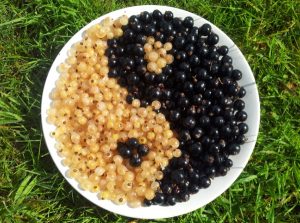
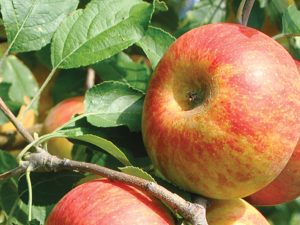
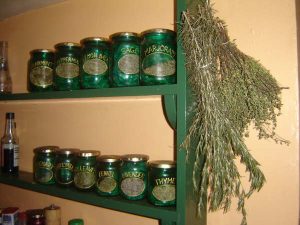
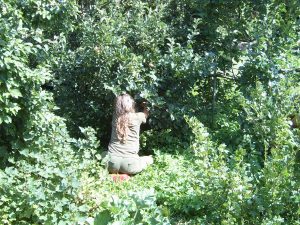
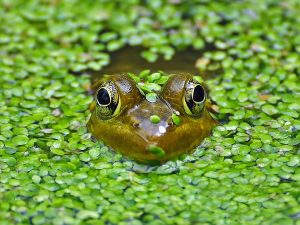
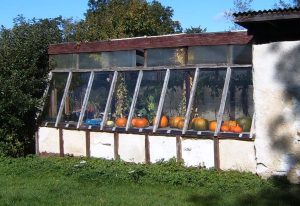
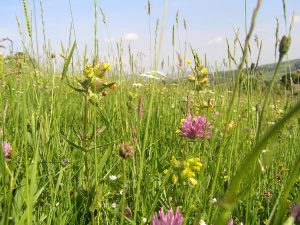

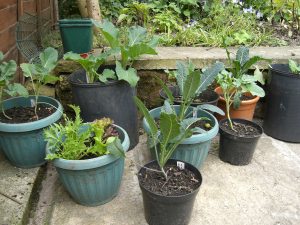
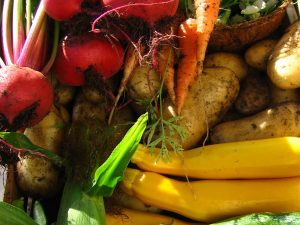
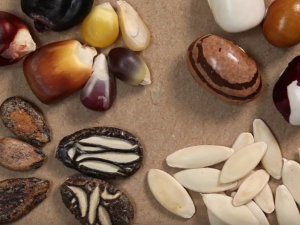

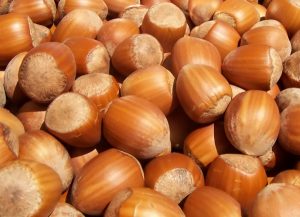
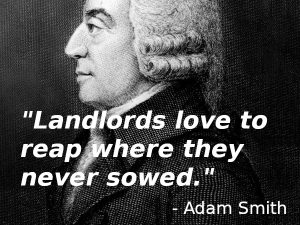
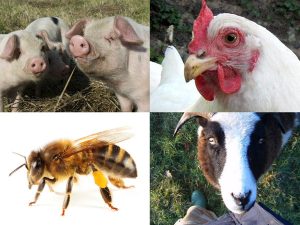
1 Comment
Permaculture is such a huge and complex topic, so thanks a lot for your introduction which is very clear for those people just getting into the subject. We’re really passionate about permaculture at Arboretum in Marbella and run an annual PDC to help people to have a strong basis in the topic and it’s great to see so many other providers doing the same. Let’s hope that many more people get involved so that we can be increasingly more sustainable in the future